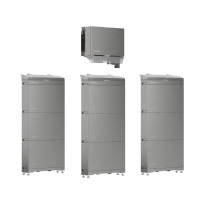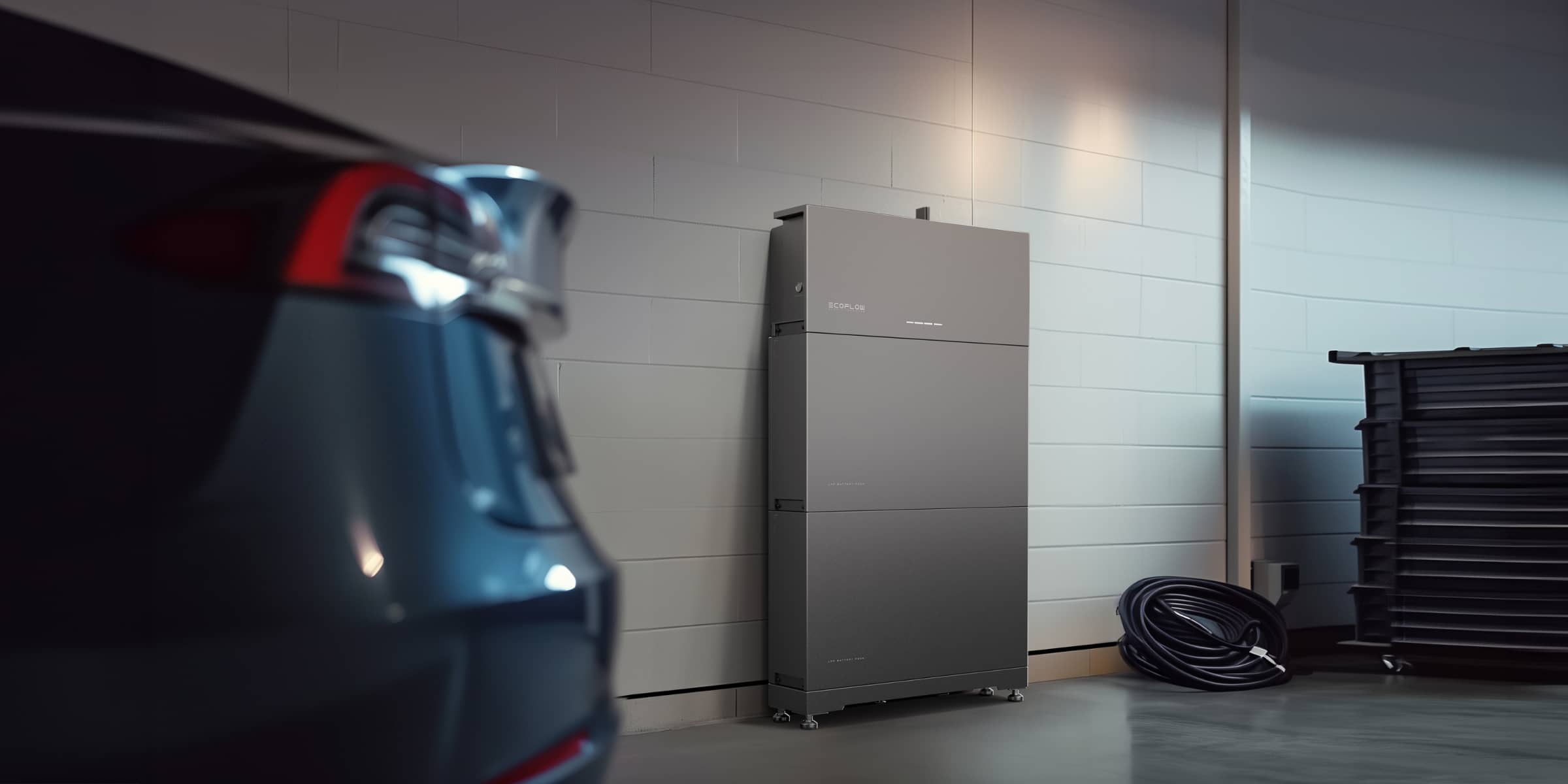Understanding Your Household Consumption by Learning What an Electricity Standing Charge Is
Table of contents
- What Is a Standing Charge for Electricity?
- What Your Electricity Standing Charge Pays For
- List of Standing Charges in the UK (2025)
- How Standing Charges Affect Your Household Consumption
- How to Reduce or Avoid Electricity Standing Charges
- Standing Charges Affect Your Energy Bills
- FAQs
Your energy bill doesn’t stop running when your lights do. Even with every plug off, you still pay a daily electricity standing charge of 53.68p. From 1 October to 31 December 2025, total bills will reach £1,755/year.
You may wonder: what exactly does a standing charge for electricity cover, and why does it appear on every bill even when you barely use any power? Let’s go over it.
What Is a Standing Charge for Electricity?
A standing charge for electricity is a fixed daily fee you pay to your supplier, regardless of how much energy you use. In Q4 2025, the charge for direct debit customers on standard variable tariffs rose to 53.7p per day, up from 51.4p in the previous quarter.
This fee is separate from the unit rate, which covers the electricity you actually consume. Because it’s fixed, the standing charge represents a larger portion of the bill for low-usage households, often making up 29% of annual electricity costs for minimal users.
Tracking this alongside unit rates helps you distinguish fixed versus variable costs, budget
What Your Electricity Standing Charge Pays For
Every standing charge you pay contributes to the infrastructure that keeps the UK’s power system running. It typically covers:
Network maintenance - About half of the charge goes to the grid. 13.5p/day pays for high-voltage transmission, 12.6p/day for local distribution.
Metering and operations - Covers meter readings, smart meters, and basic supplier services like billing and customer support. Standard credit customers pay a bit more.
Policy costs - Funds government schemes such as the Warm Home Discount, green levies, and renewable energy projects.
Supplier overheads and profit - A small part goes to supplier profit (EBIT) and a buffer to cover unexpected costs.
List of Standing Charges in the UK (2025)
Standing charges differ by region, supplier, and payment type. Here’s a clear overview of the average standing charge for electricity for 2025.
National Average Standing Charge for Electricity in the UK
For direct debit customers on standard variable tariffs, the average electricity standing charge was 51.4p/day from July to September 2025. From October to December 2025, it rises to 53.7p/day, totaling around £196 per year for electricity alone. Combined with gas, a typical dual-fuel household pays roughly £1.75–£1.76/day in standing charges.
Regional Variations
Standing charges for electricity vary across the 13 UK supply regions because of differences in local network costs. Despite the national average, some regions may be higher or lower depending on the costs of maintaining local distribution networks. By contrast, gas charges show little regional variation.
Tip: Check Ofgem’s regional price cap tool to see the maximum standing charge for your postcode and better understand your fixed costs.
Payment Type Impact
Electricity standing charges also depend on how you pay your bills. As of Q4 2025:
Direct Debit - The average standing charge is 53.7p/day, totaling around £196/year.
Prepayment Meters - Since April 2024, prepayment charges are aligned with direct debit using a levelisation mechanism, so prepayment customers also pay about £196/year.
Standard Credit - Customers paying quarterly bills face higher charges, around 61.9p/day (£226/year), due to extra supplier operating and debt-recovery costs.
What kind of product or solution are you interested in?


How Standing Charges Affect Your Household Consumption
Even though the standing charge for electricity is fixed, its share of your total bill changes depending on your household’s average consumption.
For instance, a medium-use household consuming around 2,700 kWh per year will incur a standing charge representing roughly 17% of the bill. But for low users (about 1,900 kWh annually), it can jump to 29% or more.
In practice, this means that if your home is energy-efficient or often unoccupied, you’re paying more per kWh consumed than a high-usage household. Still, tracking these fixed costs helps you identify where your “always-on” consumption comes from, such as appliances on standby or smart devices drawing power.
With the current annual cap of £1,720–£1,849, fixed fees like these account for £150–£200 per year, influencing how much you actually save from conservation efforts.

How to Reduce or Avoid Electricity Standing Charges
You can’t eliminate standing charges entirely, but you can minimise their impact or choose tariffs that better match your usage habits.
Request a temporary waiver
If your home will be empty—like during a renovation or a long holiday—you can ask your energy supplier to pause your standing charge temporarily. Some suppliers may charge a small fee to reconnect or restart it when you return.Switch to zero-standing-charge tariffs
Some energy suppliers offer no-standing-charge tariffs, ideal for low-usage homes or holiday cottages. However, note that these often come with higher unit rates, so calculate carefully to ensure savings balance out.Install a smart meter
A smart meter gives you real-time insight into when and how you use electricity. It helps spot wasteful patterns, reduce unnecessary standby power, and accurately track unit rates versus fixed costs.Boost energy efficiency
Improve your home’s efficiency to offset standing charges through:Time-of-use tariffs that reward off-peak consumption.
Better insulation under ECO4 grants (up to £10,000).
Installing solar panels and an home storage solution like EcoFlow PowerOcean, which lets you store renewable energy and reduce reliance on the grid.
Pairing PowerOcean with EcoFlow’s AI-Powered Home Energy Management System helps you automatically monitor, optimise, and manage energy flows between your solar panels, appliances, and home energy storage.
Through EcoFlow HEMS and PowerInsight, an all-in-one energy monitor, you can also view energy data in real-time and control your smart devices like room thermostat and EV chargers.
Explore support schemes
Try applying for the Warm Home Discount, offering £150 credit toward electricity costs. Keep an eye on Ofgem’s upcoming 2026 fixed-fee reform, which may introduce lower or income-adjusted standing charges for vulnerable consumers.
Standing Charges Affect Your Energy Bills
Understanding what a standing charge for electricity is—and how it affects your energy bill—gives you more control over household spending. By tracking these daily costs, comparing tariff options, and improving home efficiency with smart systems like EcoFlow HEMS and PowerInsight, you can save hundreds annually without sacrificing comfort.
FAQs
Why do I have to pay an electricity standing charge?
Standing charges cover the daily cost of keeping your home connected to the electricity grid, maintaining local and national infrastructure, and funding national energy schemes. They apply even when you aren’t actively using electricity at all.
Can I avoid paying the electricity standing charge?
In most cases, you can’t avoid it. You can switch to a zero-standing-charge tariff or request a temporary pause if your property is unoccupied. These options may include higher unit rates or a small reconnection fee later.
What is the average standing charge for electricity in the UK?
From October to December 2025, the national average standing charge for direct debit customers is 53.7p per day, which totals around £196 annually for electricity alone, according to Ofgem’s quarterly price cap for standard variable tariffs.
Why are standing charges different by region?
Regional differences are due to varying network maintenance costs. Rural areas see higher standing charges because electricity must travel longer distances, and fewer households share the cost of maintaining local distribution networks.



